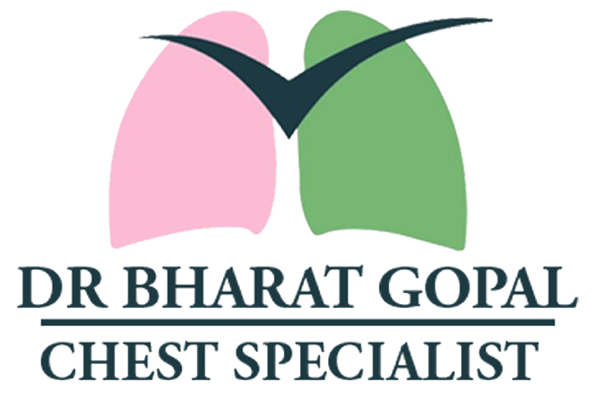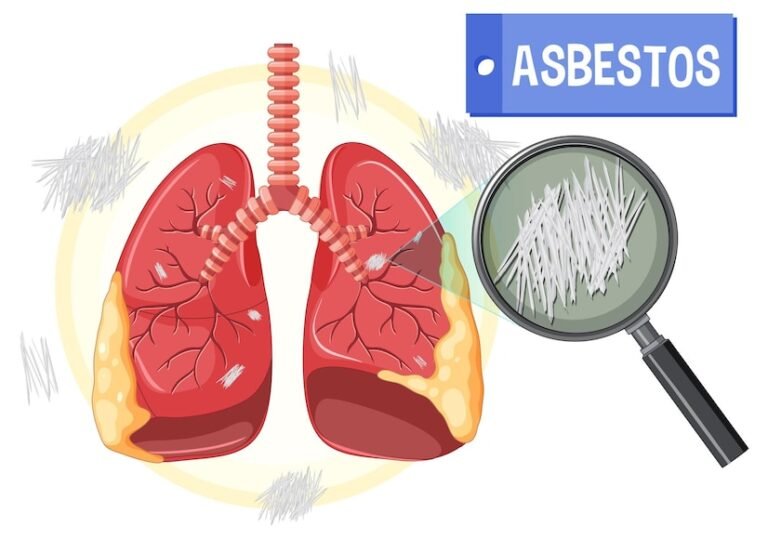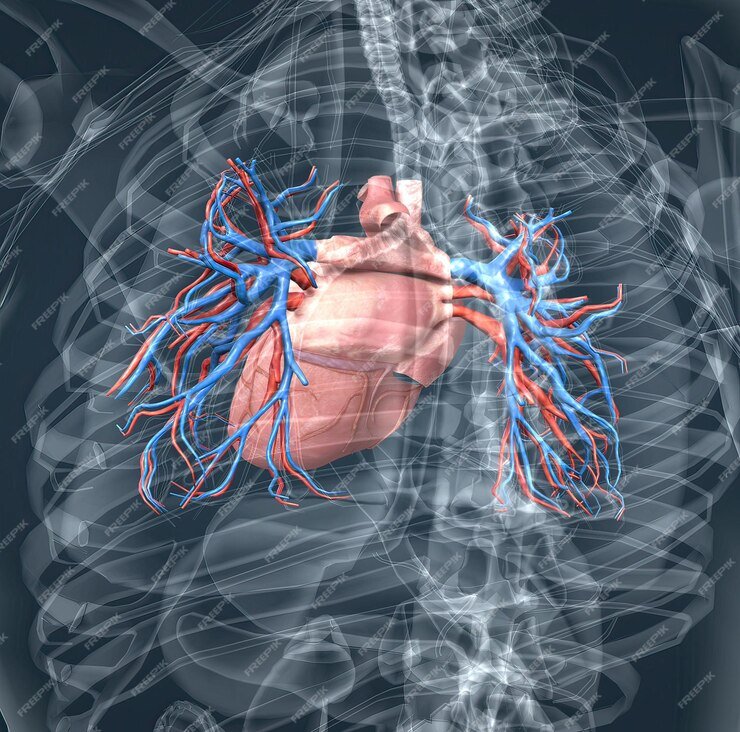Navigating the Shadows: Understanding and Confronting Lung Fibrosis.
Lung fibrosis, a condition marked by the scarring of lung tissue, stands as a formidable challenge to respiratory health. As the scars accumulate and replace normal lung tissue, the affected organs become stiff and lose their elasticity, leading to impaired lung function. In this article, we will delve into the intricacies of lung fibrosis, exploring its causes, symptoms, diagnosis, and the evolving landscape of treatment options for those grappling with this often debilitating pulmonary disorder.
To Know More About It Please Click Here
- Understanding Lung Fibrosis:
- Lung fibrosis, or pulmonary fibrosis, is a progressive and irreversible lung disease characterized by the formation of scar tissue (fibrosis) in the lungs. The scarring makes the lung tissue stiff, hindering its ability to expand and contract effectively during breathing.
- Causes and Risk Factors:
- While the exact cause of lung fibrosis is often unknown (idiopathic), several factors contribute to its development. Occupational exposures, environmental toxins, autoimmune diseases, certain medications, and viral infections are among the myriad of potential triggers.
- Symptoms and Progression:
- Lung fibrosis can manifest with a range of symptoms, including persistent cough, shortness of breath, fatigue, and unexplained weight loss. As the disease progresses, individuals may experience increased difficulty in breathing and reduced tolerance for physical exertion.
- Diagnosis and Differential Diagnosis:
- Diagnosing lung fibrosis involves a comprehensive evaluation, including medical history, physical examinations, imaging studies (CT scans), pulmonary function tests, and sometimes lung biopsies. Differential diagnosis is crucial to distinguish lung fibrosis from other respiratory conditions with similar symptoms.
- Types of Lung Fibrosis:
- Idiopathic Pulmonary Fibrosis (IPF) is the most common type of lung fibrosis with an unknown cause. Other forms include interstitial lung disease (ILD), connective tissue disease-associated fibrosis, and drug-induced pulmonary fibrosis.
- Treatment Options:
- While there is currently no cure for lung fibrosis, various treatment options aim to manage symptoms, slow disease progression, and improve overall quality of life. Medications such as anti-fibrotic drugs, corticosteroids, and immunosuppressants may be prescribed, along with pulmonary rehabilitation programs.
- Ongoing Research and Therapeutic Advancements:
- Research into lung fibrosis continues to yield insights into its underlying mechanisms, paving the way for novel therapeutic approaches. Emerging treatments, including stem cell therapy and precision medicine, offer hope for more targeted and effective interventions.
- Lifestyle Modifications:
- Patients with lung fibrosis can benefit from lifestyle modifications such as smoking cessation, maintaining a healthy diet, staying physically active within limits, and avoiding environmental exposures that could exacerbate symptoms.
- Supportive Care and Pulmonary Rehabilitation:
- Supportive care, including oxygen therapy, is often crucial in managing lung fibrosis symptoms. Pulmonary rehabilitation programs can improve physical conditioning, enhance breathing techniques, and provide psychological support for individuals facing this challenging condition.
- Patient Advocacy and Awareness:
- Lung fibrosis advocacy groups and awareness campaigns play a vital role in providing support to patients and their families. By fostering understanding and compassion, these initiatives contribute to a more informed and empathetic community.
Conclusion
Lung fibrosis poses significant challenges to those affected, impacting both physical health and quality of life. As research progresses and treatment options evolve, there is hope for improved outcomes and a better understanding of this complex respiratory disorder. Through awareness, advocacy, and ongoing research, the medical community strives to navigate the shadows of lung fibrosis, offering a brighter and more hopeful future for individuals grappling with this condition.
For any further queries, Plz visit https://delhichestspecialist.com/or you can check our social media accounts, Facebook, Instagram Twitter








